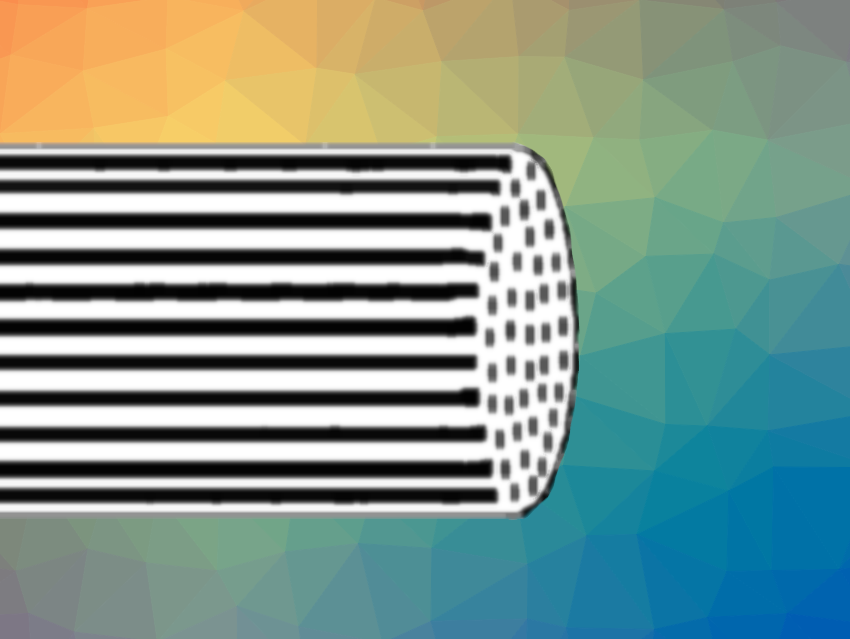The formation of larger structures from nanoclusters by self-assembly can lead to hierarchically structured nanomaterials with new useful functions. In ligand-protected nanoclusters, such a self-assembly can be induced by attractive interactions between the ligands such as hydrogen bonding. The charge state of redox-active nanoclusters could also play a role in self-assembly processes and influence the resulting structure.
Katsuaki Konishi, Hokkaido University, Sapporo, Japan, and colleagues have found that nanoclusters of the type Au25(SR)18 with semifluorinated thiolate ligands can self-assemble into hierarchically structured materials. The resulting structure depends on the charge state of the nanocluster: With a monoanionic cluster, nanofibers were formed, and the neutral state of the cluster after oxidation led to the formation of micron-sized filaments composed of bundled/twisted nanofibers.
According to the team, this represents an unprecedented hierarchical self-assembly of gold clusters by combining attractive interactions (i.e., fluorophilic interactions between the ligands) and electrostatic repulsive forces (between the anionic clusters). This demonstrates the importance of designing both a suitable ligand shell and nanocluster core at the same time to obtain self-assembled nanomaterials with particular properties.
- Charge-dependent hierarchical self-assembling of fluorinated gold nanoclusters,
Yuki Saito, Duhong Sun, Hayato Kanai, Yasuhiro Ishida, Hideyuki Mitomo, Kuniharu Ijiro, Katsuaki Konishi,
Chem. Commun. 2025.
https://doi.org/10.1039/D4CC04786A




